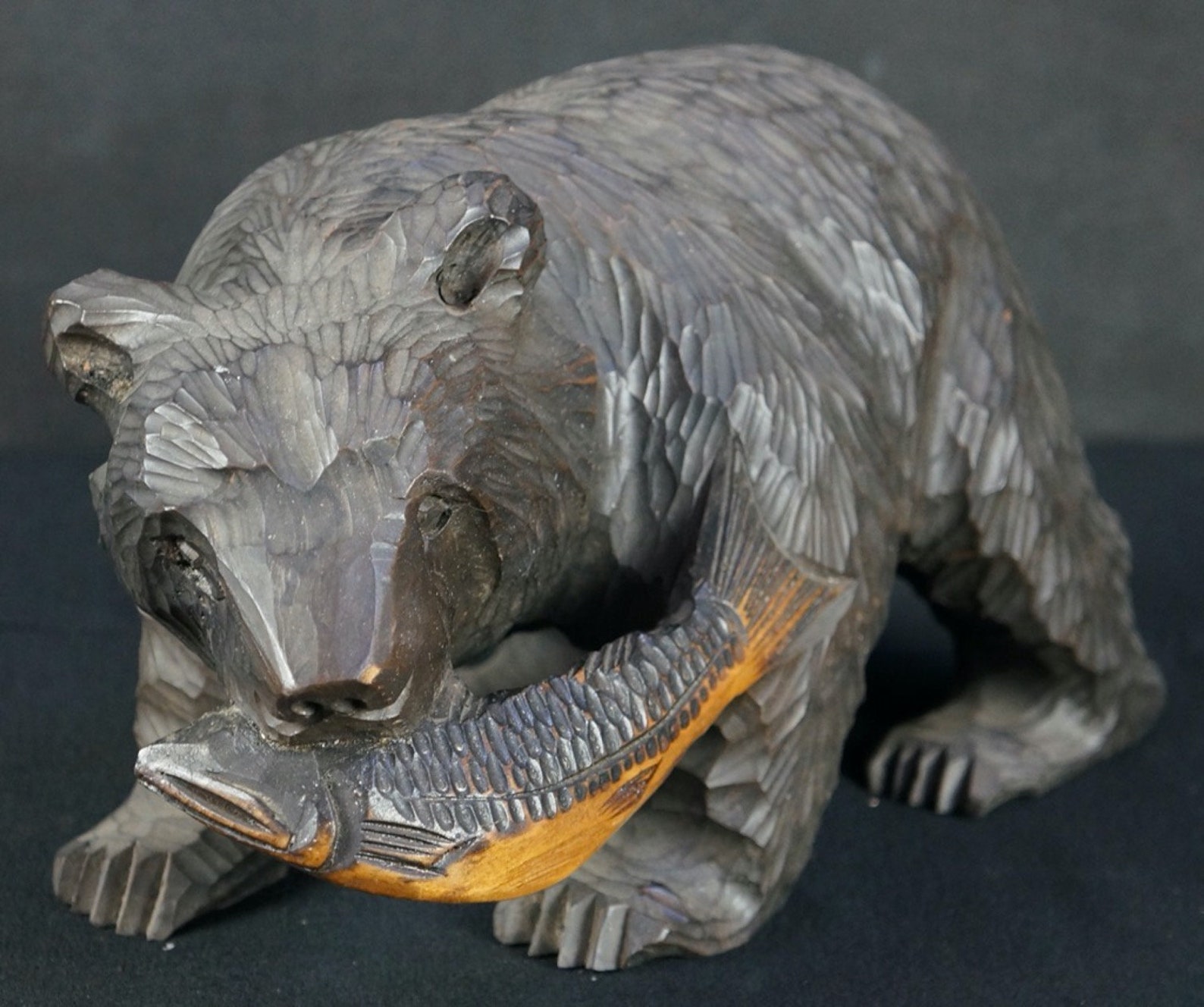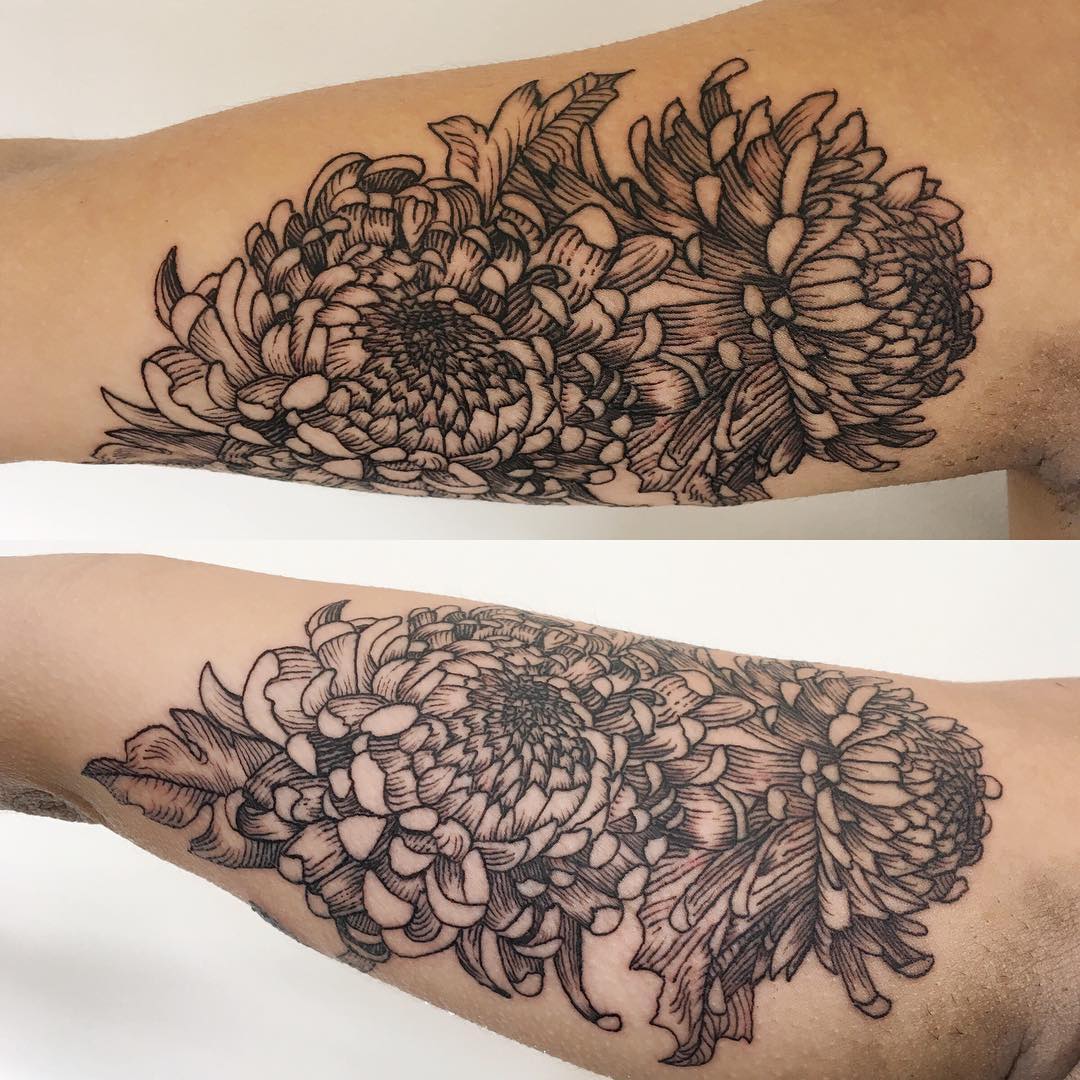
In the 1640s, ceramics with a red design named aka-e became the symbol of the Kakiemon-style ceramic. In 1647, the first generation of the Kakiemon family started using overglaze. Around 1650, the production comprised simple and rather thick pieces, finished with blue gosu enamel.

In 1616, Sam-Pyeong Yi, a Korean potter, discovered a kaolin deposit on the Izumi mountain in Arita. Its origins go back to Edo period (1603-1868). Imari-Arita ware is made around the town of Arita, in Saga prefecture. The reason why Hasami ware became the most widely produced traditional Japanese porcelain was the popular and durable kurawanka bowls, which were used by many Japanese households. The modern-day Hasami ware are dyed objects or celadon porcelain pieces with a beautiful contrast between the white porcelain and the indigo enamel. The beauty of Hasami ware lies in its white porcelain and transparent indigo porcelain adorned with blue gosu enamel. During the latter part of the Edo period (1603-1868), Hasami was Japan's largest porcelain producing area. From 1602 onwards, celadon porcelain became popular and there was a gradual shift from slipware to porcelain. In the beginning, kilns were used for firing ceramics decorated with a clay and water mixture. The type of kiln used at that time was an ascending kiln created by digging a hole in the hillside. Its story began in 1598, during the Sengoku period (1467-1603) when Omura Yoshiaki, the lord of the Omura domain, brought back potters from Korea. Hasami-yaki (波佐見焼) developed in Hasami, in Nagasaki prefecture. Hagi ware is often used for tea utensils that typically have a notched foot, a design that was brought from Korea. These unpredictable results, variations and color changes are called nanabake (“ the seven disguises”). During firing, Hagi ware also changes color. The distinctiveness of this porcelain lies in deep cracks in the clay, expanding and contracting the enamel. Hagi ware is raw, rarely decorated, and remains as simple as possible. In 1957, Hagi ware was nominated as Intangible Cultural Asset and designated as a traditional handicraft in 2002. The shogun Toyotomi Hideyoshi instructed his feudal lords to bring back Korean potters to teach in Japan.ĭuring the Taisho period (1912-1926), Hagi ware became a favorite type of pottery for tea ceremony, as embodied by the expression一楽二萩三唐津, “ First Raku, second Hagi, third Karatsu”. The history of Hagi ware goes back to the Japanese invasion of Korea during the Azuchi-Momoyama period (1573-1600). Hagi-yaki (萩焼) is a form of porcelain manufactured in the town of Hagi, in Yamaguchi prefecture. Consequently, artisans have adapted their work to the characteristics of this clay, baking pieces inside kilns for a long time without touching them. The reason for not adding glaze is that it is difficult to spread glaze on Bizen’s hiyose clay. Its simplicity complemented the wabi-sabi aesthetics in chanoyu.īizen ware is not glazed and has a simple, rustic appearance. In the Kamakura period (1185–1333), reddish-brown Bizen ware was preferred, later gaining the favor of shogun Toyotomi Hideyoshi and Sen no Rikyu, the famous master of the tea ceremony.

It is one of the most outstanding Japanese kilns with a tradition that endures to this day.īizen ware developed during the Heian period (794-1185) with the production of daily use bowls and roof tiles. Bizen ware is the creation of one of Japan's Six Ancient Kilns (Bizen, Echizen, Seto, Shigaraki, Tamba, Tokoname).

The latter included flower printing and embossed carving.īizen-yaki (備前焼) is a form of pottery created in the area around the city of Bizen, in Okayama prefecture. During the Edo period (1603-1868), seven types of glazes, as well as decorating techniques, were developed. Tea bowls were highly valued and treated as treasures. During the Azuchi-Momoyama period (1568-1600), the appearance of enamels ( kiseto, oribe and shino glaze), together with the growth of tea ceremonies and ikebana, gave Akazu ware a special recognition. Sophisticated Akazu pieces are still manufactured today and Seto is currently Japan’s largest ceramics center, with more than sixty traditional kilns.Īkazu-yaki (赤津焼) was the first to feature the glaze enamel application technique: ash glaze was used during the Heian period (794-1185), iron glaze and koseto glaze during the Kamakura period (1185–1333). Seto was one of Japan’s Six Ancient Kilns, with Bizen, Echizen, Shigaraki, Tamba and Tokoname.

Akazu ware developed around Akazucho in the eastern part of the city of Seto, in Aichi prefecture, as far back as the Kofun period (300-538), so is one of the oldest surviving forms of Japanese ceramics.


 0 kommentar(er)
0 kommentar(er)
